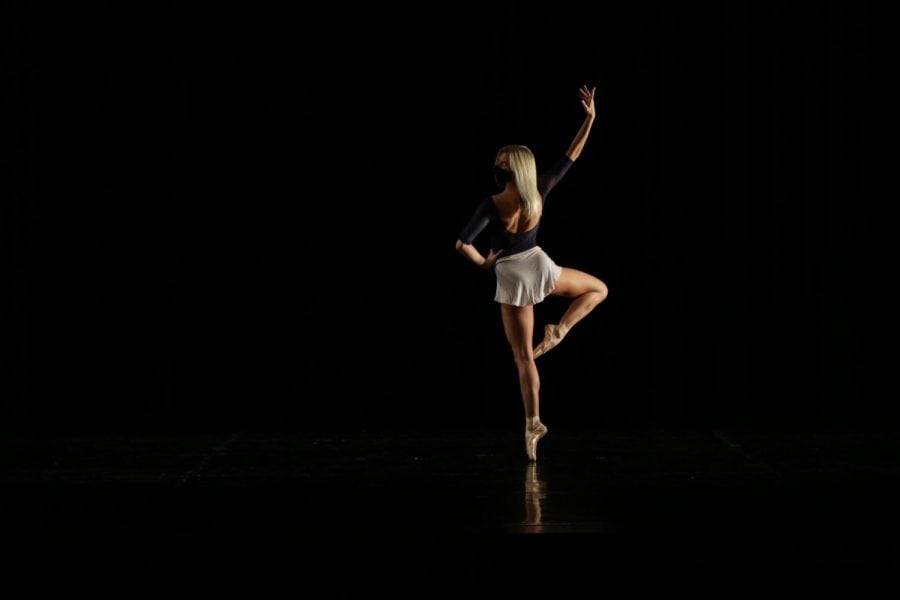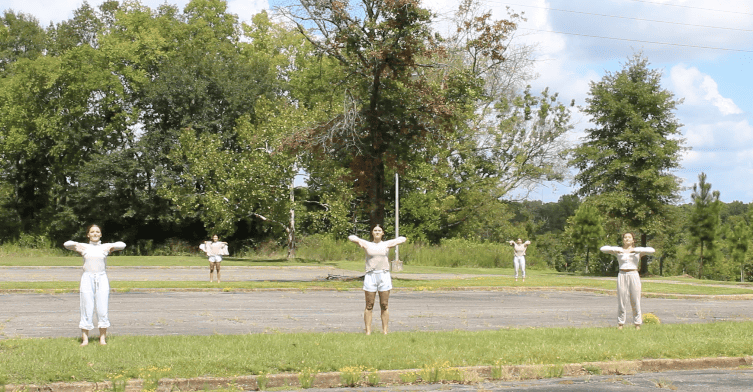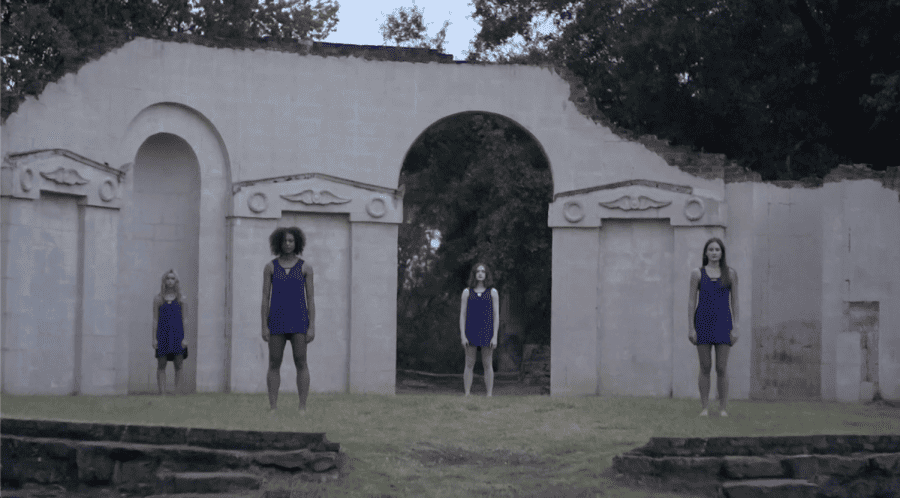How dance students are making the city their stage
Faced with another semester of COVID-19 limitations, theatre and dance students are having to get creative. Fortunately, they’re good at that.
More stories from Mariah Kravitz
As the Department of Theatre and Dance prepare for “Antigone” and “Spring Awakening,” The Alabama Repertory Dance Theatre and the Dance Alabama Film Festival are learning from last fall’s lessons.
In light of the COVID-19 guidelines, the Department of Theatre and Dance had to push boundaries and rethink ways of depicting their annual fall Dance Alabama! event, which is traditionally a live performance.
“The virtual production of Dance Alabama! this fall was illustrative of the creativity and ingenuity of the student choreographers within the dance programs,” said Lawrence M. Jackson, the associate chair and an associate dance professor at the Department of Theatre and Dance, who serves as the artistic director for Dance Alabama!

Dance is an art form that allows for artistic innovation and expression. Last semester’s virtual concert showed that traditional staging and lighting aren’t always needed to put on a stellar performance. Dance Alabama! featured 19 dances, each with a different choreographer, and ranged from solo performances to group numbers.
This production, which streamed from Nov. 13–Dec. 4, looked a bit different due to social distancing guidelines.
Dancers used combinations of traditional staging and adapted outside locations to fit their respective pieces and helped ensure that University social distancing guidelines were followed.
For performances that took place in on-campus locations, such as the theatre in English Building off-campus, performers wore masks and made sure to stay six feet apart. Dancers whose pieces were in open space ranging from open fields to rooftops were able to perform without masks while still remaining socially distant.
Along with adhering to social distancing guidelines, the outside staging locations created more artistic freedom for dancers and choreographers.
The outside staging allowed the choreographers to break free of the confines of the stage. Some even played with camera angles and levels in their pieces.
One choreographer, Eryn Cade, a senior majoring in dance, used a drone to capture shots at a bird’s-eye view for her piece “Fine Print.”
The filming locations also added another level of creativity to the already intricate dances.
Dance Alabama! President Emilia Stuart, a senior majoring in dance and exercise science, said filming each piece was “limiting but also opened new doors for innovation.”
“Being president of Dance Alabama! is something I have dreamed of since my freshman year,” Stuart said. “To say this semester has been a challenge would be an understatement. I am so unbelievably proud of the work we created for this virtual concert.”
While acknowledging the hard work, Stuart commended the level of adaptation she saw from her fellow dancers.
Choreographers, she said, had physical and creative obstacles to overcome, including six- to 12-foot separation between dancers and working with film as their method of delivery. While the vision and choreography for a piece may stay the same for stage and screen, there are several factors to consider before filming a piece: Camera angles and lighting affect one’s ability to view even the subtlest of movements.
Stuart’s experience with the American Ballet Theatre in New York gave her the tools to assist her peers with creating screen dances – which was a new experience for many – and enabled her to lead the group through such a stark transition.

“I know we are catalysts in the college dance world right now,” Stuart said. “Working with film for our medium was definitely a new adventure, but everyone involved – specifically the choreographers – rose above the circumstances to create some of the most incredible work I have seen. It truly is an honor to lead this organization.”
Ansley Carr, a junior majoring in dance and marketing, said the biggest difference was the need for flexibility in planning and execution.
Carr choreographed and danced in “Empty Cup,” a piece loosely based on the poem “Ode to Emptiness” by Albert Bontridder, included an instrumental to Chad Lawson’s “Folding of the Arms” overlaid with “A Cup of Coffee,” a poem by Praetor Daemon, a junior majoring in mechanical engineering. The vision for this piece follows a conversation between people that ends up being disingenuous with a sense of loss woven throughout.
“There were constant changes that influenced rehearsal and filming restrictions, so coming into the process, being ready for that and having an open mind was helpful,” Carr said.
Filming a dance number is different from performing it on stage because it allows for multiple takes and angles. While some choreographers took this opportunity to incorporate drone-view angles and text bubbles for quotes to be placed throughout the piece, Carr kept a more traditional approach when staging her piece.
“Performing for a camera is so odd because you can have as many takes as you want, but I actually had my dancers do long takes so it had a feeling of a live performance,” Carr said. “I loved being able to find moments of stillness and places to highlight the dancers’ faces.”
While those involved in the creation of the Dance Alabama! virtual concert were faced with new challenges, everyone involved rose to the occasion. Lawrence said the choreographers, dancers, editors, musicians and dance captains were all involved in creating the “spectacular virtual concert.”
“Their works were inspiring and served as wonderful representatives of our program,” Jackson said.
More information regarding these events and more can be found on the Department of Theatre & Dance website.



